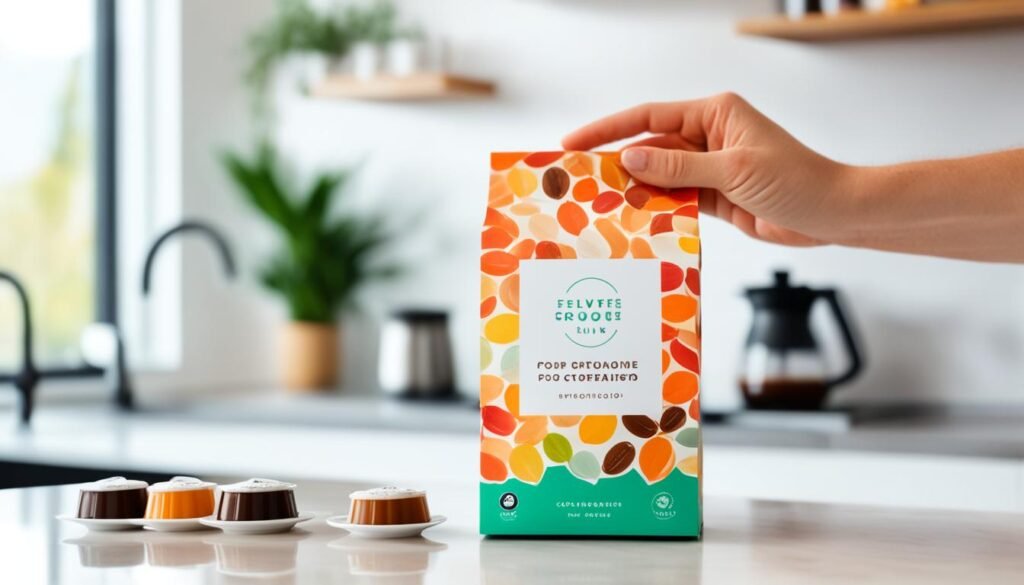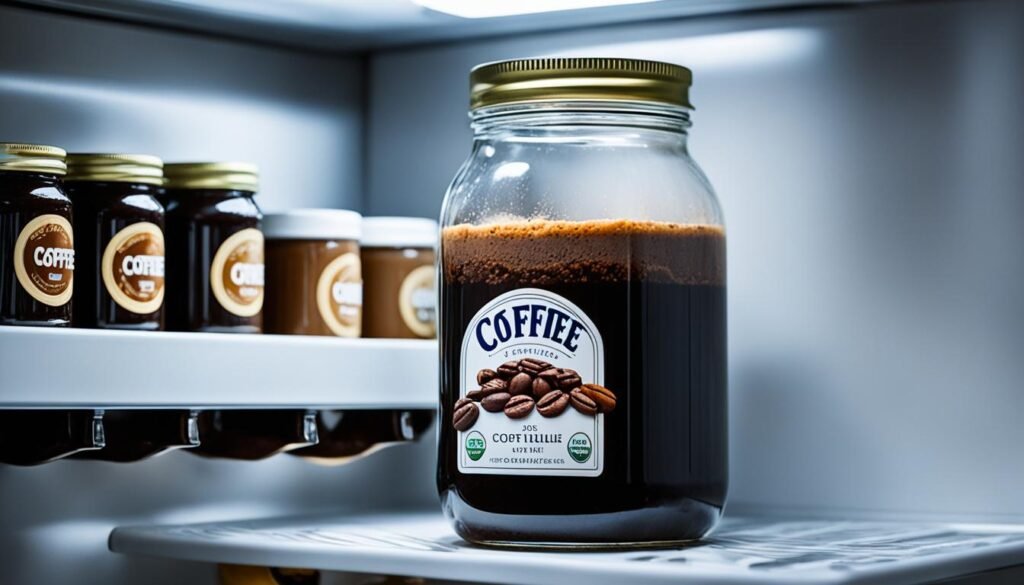In the quest for a more sustainable future, many of us are increasingly seeking environmentally friendly alternatives to traditional dairy milk.
Understanding the detrimental impact of dairy milk production and transportation on the environment is crucial in making informed choices. With this in mind, oat milk and hazelnut milk emerge as promising options due to their lower water consumption and proximity to the western hemisphere.
While coconut milk also offers a viable alternative, almond milk falls short due to its excessive water usage.
Join us as we explore the top options for choosing environmentally friendly milk, empowering you to make a sustainable choice.
Environmental Impact of Dairy Milk Production
Dairy milk production requires large amounts of land and contributes to the destruction of important biomes.
The demand for milk has led to the expansion of dairy farms, resulting in deforestation and habitat loss. These biomes are home to numerous species, and their destruction disrupts the delicate balance of our ecosystems.
Whats worse is that dairy cows produce vast quantities of manure, releasing significant amounts of carbon dioxide into the atmosphere. The excessive use of fertilizers and pesticides in milk production also has detrimental effects on the environment.
This all highlights the need for alternative milk options that are more sustainable and environmentally friendly.
Luckily, by choosing alternatives like oat, hazelnut, coconut, or almond milk, individuals can make a positive impact on the environment and contribute to the preservation of our precious biomes.
Environmental Impact of Milk Transportation

Shipping milk long distances contributes to high greenhouse gas emissions and fuel consumption, making it detrimental to the environment. This transportation process has several negative impacts:
- Freighters use large amounts of fuel and release greenhouse gases, contributing to climate change.
- Milk production far from consumption results in high environmental costs of shipping.
- Avoiding shipping reduces environmental impact and transportation costs.
- Milk produced in the western hemisphere is inherently more environmentally friendly due to reduced shipping.
Choosing locally produced milk can significantly reduce the carbon footprint associated with transportation.
By supporting local farmers and dairies, individuals can contribute to a more sustainable food system and reduce their impact on the environment. Additionally, opting for plant-based milk alternatives, such as oat milk, hazelnut milk, coconut milk, or almond milk, can further reduce the environmental impact of milk consumption.
These alternatives require less water, pesticides, and shipping, making them a great choice for the environmentally conscious among us who are seeking a sustainable milk option.
Oat Milk
Oat milk production requires relatively little water compared to other milk alternatives, making it a more sustainable option.
Oats, the primary ingredient in oat milk, are known for their ability to thrive in temperate climates with moderate rainfall.
This means that oat crops do not require excessive irrigation, reducing the strain on water resources.
Additionally, oats are primarily grown in the western hemisphere, which reduces the need for long-distance shipping and the associated greenhouse gas emissions. By choosing oat milk, environmentally conscious individuals can make a positive impact on the environment while still enjoying a creamy and nutritious milk alternative.
Oat milk’s sustainable production methods and minimal water usage make it a great choice for those who desire to belong to a community of individuals committed to making eco-friendly choices.
Hazelnut Milk
Hazelnut milk offers a delicious and eco-conscious alternative to traditional dairy milk.
- Hazelnuts require less water compared to other nuts used for milk production.
- Hazelnuts do not require pesticides to stay healthy.
- Hazelnuts are mostly grown in the western hemisphere, reducing shipping costs.
- Hazelnut milk is a more environmentally friendly alternative to other nut milks.
Not only does hazelnut milk provide a creamy and nutty flavor, but it also helps to reduce the environmental impact of milk production. Hazelnuts require less water to grow, making them a more sustainable choice compared to other nuts used for milk production. Additionally, hazelnuts naturally resist pests, eliminating the need for pesticides. With most hazelnuts being grown in the western hemisphere, the transportation costs are reduced, further decreasing the carbon footprint. By choosing hazelnut milk, individuals can enjoy a delicious beverage while also contributing to a more eco-conscious lifestyle.
Coconut Milk
Coconut milk provides a tropical and creamy alternative to traditional dairy milk. It is not only delicious but also offers environmental benefits. Here’s a comparison between coconut milk and dairy milk:
| Aspect | Coconut Milk | Dairy Milk |
|---|---|---|
| Land Usage | Requires less land as compared to dairy cows, reducing habitat destruction. | Dairy cows require large swaths of land, leading to the destruction of important biomes. |
| Carbon Footprint | Produces less carbon dioxide and greenhouse gases. | Dairy cows produce enough manure to create a significant amount of carbon dioxide. |
| Water Usage | Coconut trees only thrive in regions with plentiful rainfall, eliminating the need for irrigation. | Dairy milk production requires extensive infrastructure to reroute water to fields. |
| Shipping Requirements | Coconut milk production requires significant shipping due to scarcity. | Milk production far from consumption results in high environmental costs of shipping. |
| Environmental Impact | Despite shipping requirements, coconut milk is a good alternative for environmentally conscious individuals. | The amount of fertilizer and pesticides used in milk production affects its environmental friendliness. |
Almond Milk
Moving on from the discussion on coconut milk, let’s now explore another popular alternative: almond milk. Almond milk is widely consumed and praised for its creamy texture and nutty flavor. However, when it comes to environmental impact, almond milk falls short in comparison to other options.
- Almonds require a staggering amount of water to grow, with over 6,000 liters needed for just one liter of almond milk production.
- The excessive water usage contributes to a significantly high water footprint, making almond milk less sustainable.
- While almonds are primarily grown in the western hemisphere, reducing shipping costs, the environmental cost of water consumption outweighs this benefit.
- As a result, environmentally conscious individuals may want to consider other milk alternatives that have a lower water footprint and are more sustainable.
While almond milk remains a popular choice for many, it’s important to be aware of its environmental impact and consider other options that align better with sustainable practices.
So, as we can see, the quest for sustainable and environmentally friendly milk alternatives is a crucial step towards preserving our delicate ecosystems and combating climate change.
Oat and hazelnut milk emerge as superior choices, offering a lower water footprint and reducing the need for long-distance shipping due to their prevalence in the western hemisphere.
Coconut milk, while requiring significant shipping, still stands as a viable option due to its lower land usage and carbon footprint compared to dairy milk.
Almond milk, however, presents a dilemma with its high water consumption, casting a shadow on its environmental viability.
By opting for oat, hazelnut, or coconut milk, individuals can contribute positively to the environment, reducing habitat destruction, carbon emissions, and the excessive use of water resources. This shift towards more sustainable milk options not only aids in preserving our planet but also supports local farmers and economies, creating a ripple effect of positive change. As consumers, we hold the power to make impactful choices, and embracing eco-friendly milk alternatives is a tangible step towards a more sustainable future.
















